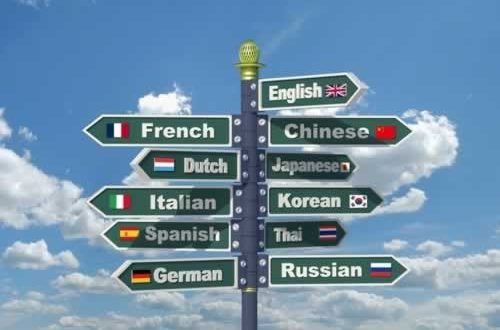NY Mayor Bill de Blasio Starts 88 Bilingual Education Programs, Calls for 50 More by 2017
Elizabeth A. Harris
New York Times
May 8, 2016
In a bright classroom at Public School 160 in Borough Park, Brooklyn, three teachers orbited 28 students, 21 of whom were still learning English.
…
This is what a classroom for children learning English is supposed to look like according to New York State’s new regulations, which cover everything from how those students are identified to what kinds of teachers they are entitled to.
The reality, however, is trailing far behind.
…
The regulations are a broad effort to improve the academic standing and progress of students learning English, who are far behind their peers. Statewide, only 34 percent of them graduate on time, less than half the rate for those who already speak the language. In New York City, more than 10 percent of students are English language learners.
…
Among the most significant changes is that schools must now have an English language teacher — like the woman drawing pictures at P.S. 160 — in the classroom for part of each week if even one student is learning English. In the past, students could receive English language instruction outside of the classroom, while spending the rest of their time in a regular class trying to puzzle out the words on their own.
Another shift requires schools and districts to create programs in which classes are taught in two languages. These bilingual programs will now be offered to students who are new to the public system, as long as there are enough children in one place who speak the same tongue.
…
The administration of Mayor Bill de Blasio, a Democrat, has started 88 bilingual programs and hopes to offer at least 50 more beginning in fall 2017, Ms. Baez said. The city plans to spend $40 million to meet the new requirements in the next school year.
…
At P.S. 160, more than 1,000 of its 1,400 students are classified as learning English. Most speak one of several Chinese dialects, but a potpourri of other languages are spoken as well, including Uzbek, Russian, Urdu and Arabic. One third grader, whose formal schooling has been inconsistent, speaks Portuguese and Toisanese, a Chinese dialect.
…




